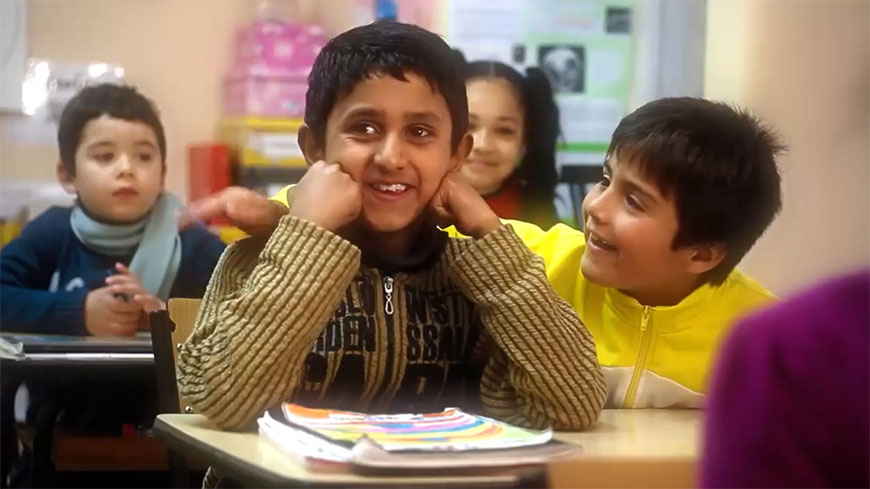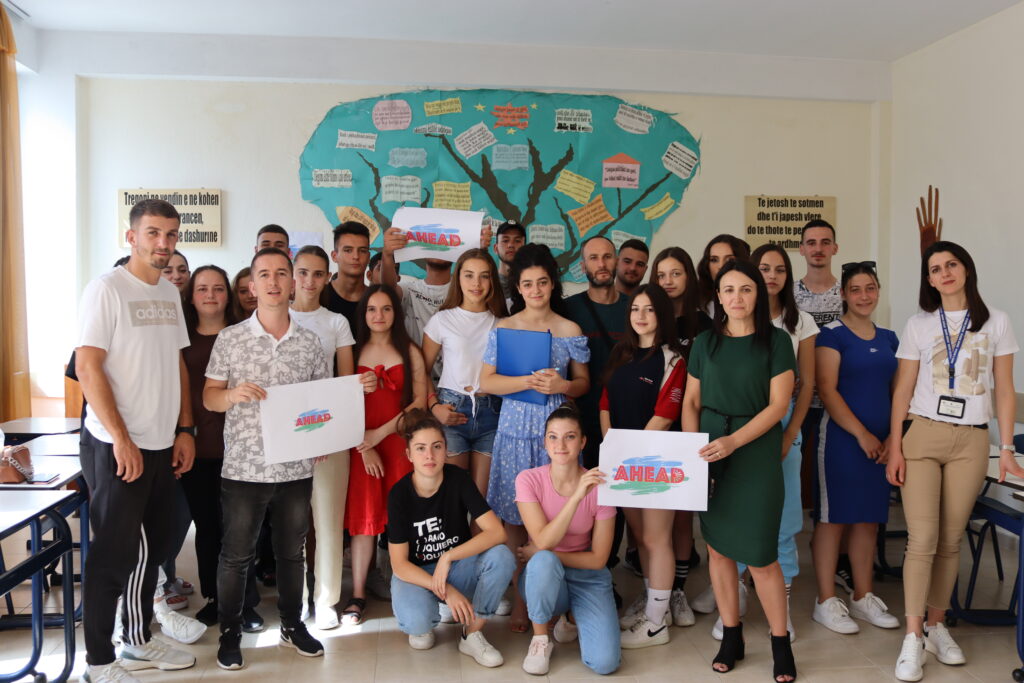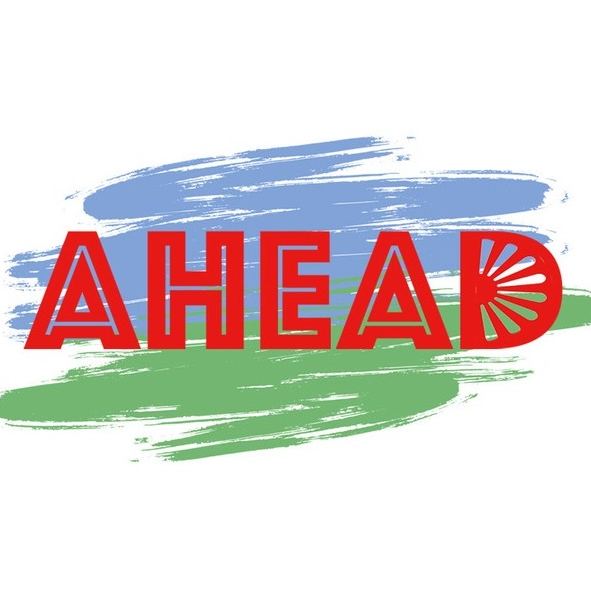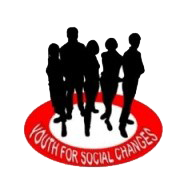Improvement in Education Of Roma People, Under the 2016–2020 National Action Plan
School dropout is considered a significant issue in Roma integration. The latest figure on preprimary enrollment from 2017 shows that enrollment among Roma kids aged 3 to 5 years is only 33% in Albania (RCC, 2020), a low worrying rate if we consider that preschool dropout or complete lack of any preschool enrollment brings Roma children to develop linguistic deficit when they enter primary school (Cernat, 2019). When this linguistic deficit is not dealt with in time, a language barrier could emerge between Roma and other groups, de facto further isolating Roma people. In contrast, parents who had some years of schooling are 3 times more likely to enroll their children in school than those who had no schooling at all (Cousin et al., 2020), while Roma people with some level of schooling can interact with public administrations resulting in the capacity to defend the community interest and enjoy social benefits. The leading cause for preschool misenrollment is early employment in begging or trafficking of children or lack of caregivers in childcare centers; meanwhile, according to the People’s Advocate, a justice-advising entity to the public, high dropout rate and irregular attendance is due to the failure to create a non-biased and accepting environment in the schools (Dauti, 2015).

In Albania, a third of Roma children aged 7 to 15 were outside the school systems in 2015 (Meçe, 2015), and considering that unofficial estimates set the total number of Roma at around 115,000, with a median age of 25.6 years, it is plausible that around 30,000 Roma are in schooling age in Albania (Dauti, 2015). The high dropout rate, together with irregular attendance or the failure to create a non-biased and accepting environment in the schools, bought to a situation where Roma kids are often forced to move in a school for Roma (Haxhiha, 2013). However, as argued by Daniel Hyseni, Youth Coordinator at RAA; Roma families have acknowledged the importance of education, and the current tendency is to move away from separate schools for Roma, as segregated schools have led to a widening education gap and higher dropout rate (D. Hyseni, personal communication, August 30, 2020). Nevertheless, this tendency was contrasted by the unwillingness to enroll Roma students in schools in Korca, Morava, Berat, and two schools in Elbasan (Avery & Hoxhallari, 2017), while the anti-discrimination law implemented back in 2010 was never fully effective, with most citizens unaware of its existence (D. Hyseni, personal communication, August 30, 2020).
Other reasons that could explain the high school dropout rate are the lack of financial means and the distance to the education facilities (ECRI Report, 2020). While the presence of a free meal is the determinant factor for the enrollment in preschool, 63% of Roma children attend a kindergarten without a meal provision, while only 37% of Roma children attend a kindergarten with a meal provision, where they receive at least one meal per day. Meals are provided mainly in Tirana, where Kindergarten fees are around 2,000 Lek (15 euros), a price too high for the vast majority of Roma families, which will need state subsidies or tuition waived together with free meals to attend kindergarten. As a result, 5% of Roma children in kindergartens with a meal provision do not regularly attend, while this number goes up to almost 11% when no meal is provided (Hazizaj et al., 2016).
In terms of education, Roma girls are particularly disadvantaged, as they have to take on the caring role for younger siblings, thereby interrupting their schooling earlier than Roma boys. Early marriage (girls on average marry between 13 and 15, while boys between 16 and 18) and early motherhood are the primary causes for school girls dropout. Early motherhood lowered the Roma community average age at 25.6 years; in comparison, Albanian national average age is 34.9 years, and a higher fertility rate among Roma citizens might lead to tensions when it comes to preschooling enrollment or family benefit (Hazizaj et al., 2016).
As shown in Figures 1 and 2, the number of students enrolled in compulsory education has tripled with the 2016–2020 action plan, indeed in absolute number, preschool and compulsory education went up to 13,310 in 2018 from a baseline of 4,437 in 2015, while enrollment of Roma children in schooling age grew from 48% to 66% (ECRI Report, 2020). However, due to shortcoming in the action plan funding, only 33 pupils enjoyed free school transportation in 2018, significantly shrinking from 1,500 in 2015. Free textbooks have been provided free of charge to 10,360 Roma students in 2018, up from 8,000 in 2015 (ECRI Report, 2020; Government of Albania, 2018).

Attending university is rare among Roma people, with scholarships or other subsidies as the main discriminant in university enrollment; nevertheless, the new action plan did not allocate funding for high school fees waiver, with the consequent fall in the number of Roma students earning a diploma and consequent fall in university enrollment (D. Hyseni, personal communication, August 30, 2020). According to Hyseni, the government decided to focus on compulsory education as the faster way to increase school enrollment, with the side effect of defunding higher education with a decrease in both high school and university enrollment. At the same time, the training of teachers specialized in Roma language and culture went from 93 in 2015 to 96 in 2018.
Together with in-school programs, school support at home has been promoted as well; in Drizë village in Fier district, the project “Parents and children learning together” has promoted around 300 families to bring parents and children to attend school together, as the majority of adult Roma population in Drizë village are illiterate. Other example comes from Allias-Kinostudio near Tirana, where extracurricular support to Roma pupils resulted in 53 children from an expected 60 enrolling in public primary schools and all of them advancing to the next grade (Avery & Hoxhallari, 2017). Roma programs have also drawn attention from civil society, with the 2019 Balkan Barometer showing that 86% of Albanians favor public help for Roma when applying for a secondary school or university (Balkan Barometer, 2019).
Finally, it seems that both Roma people and civil society have understood the importance of state support for an educated and integrated Roma community. All stakeholders are aware that schooling is the most effective tool to break the cycle of segregation affecting Roma; indeed, by taking control of their situation, Roma people can develop solutions according to the community’s actual needs. Furthermore, it needs an educated population to develop the skills directly affecting the quality of jobs and life, and what is likewise essential, the self-esteem and the capacity for collective action.



Leave a Comment